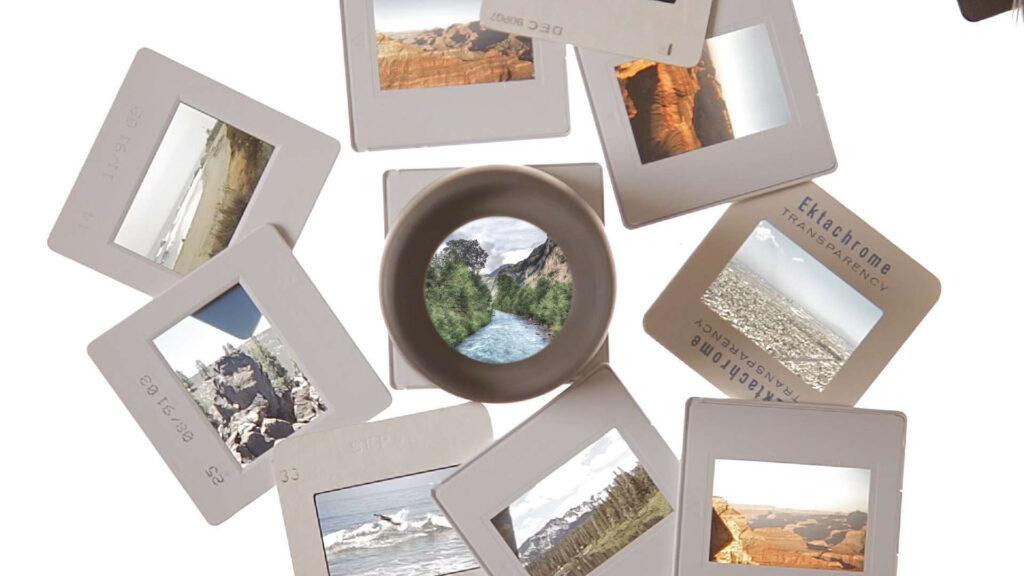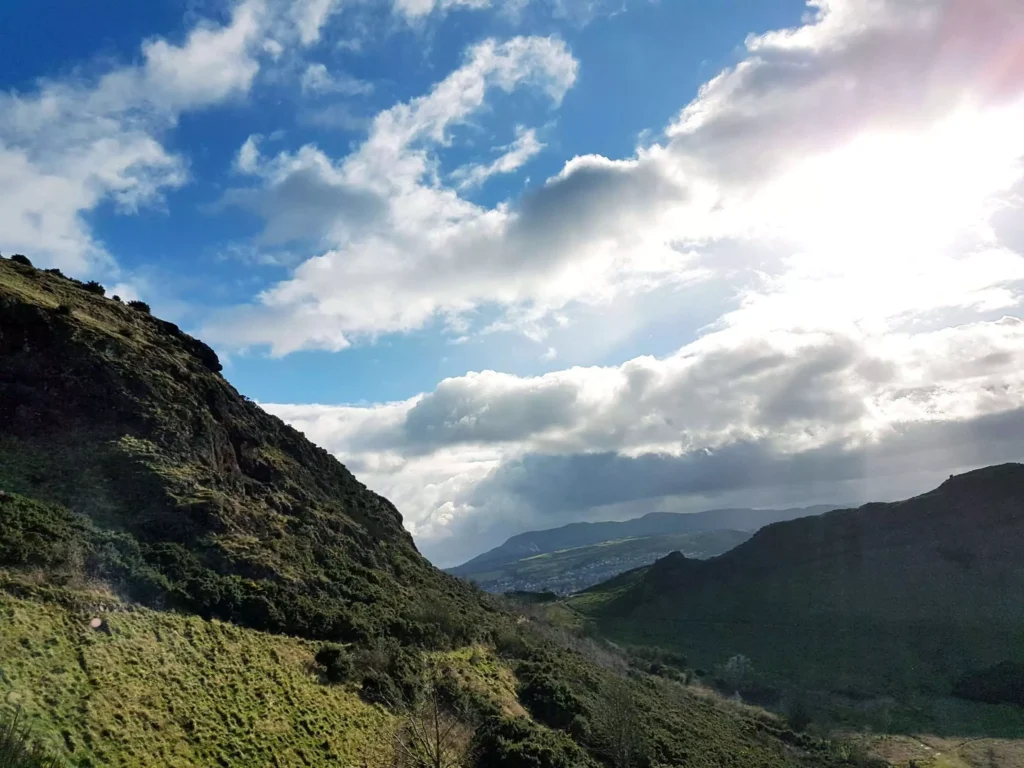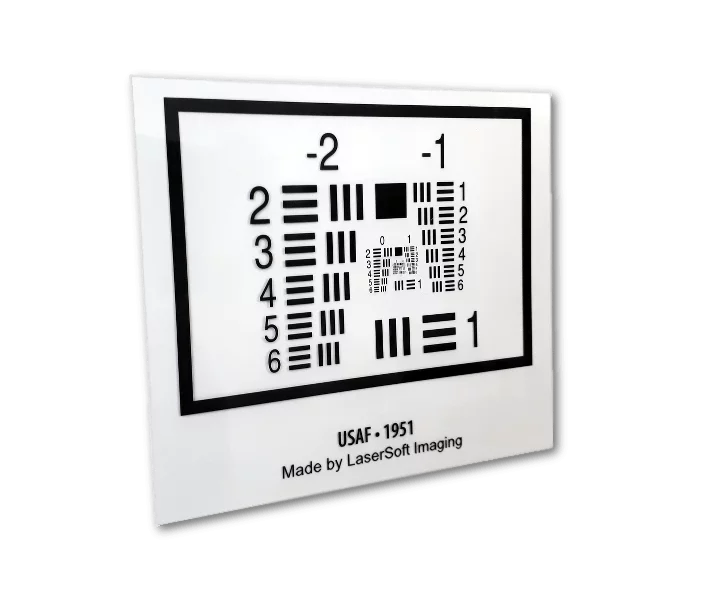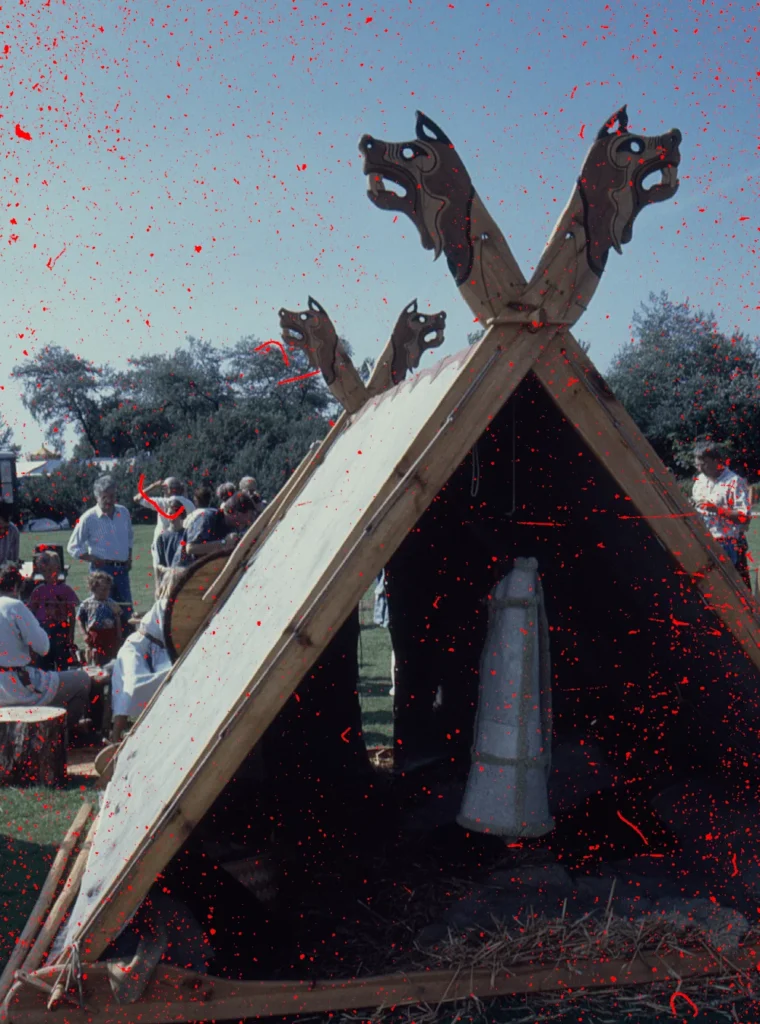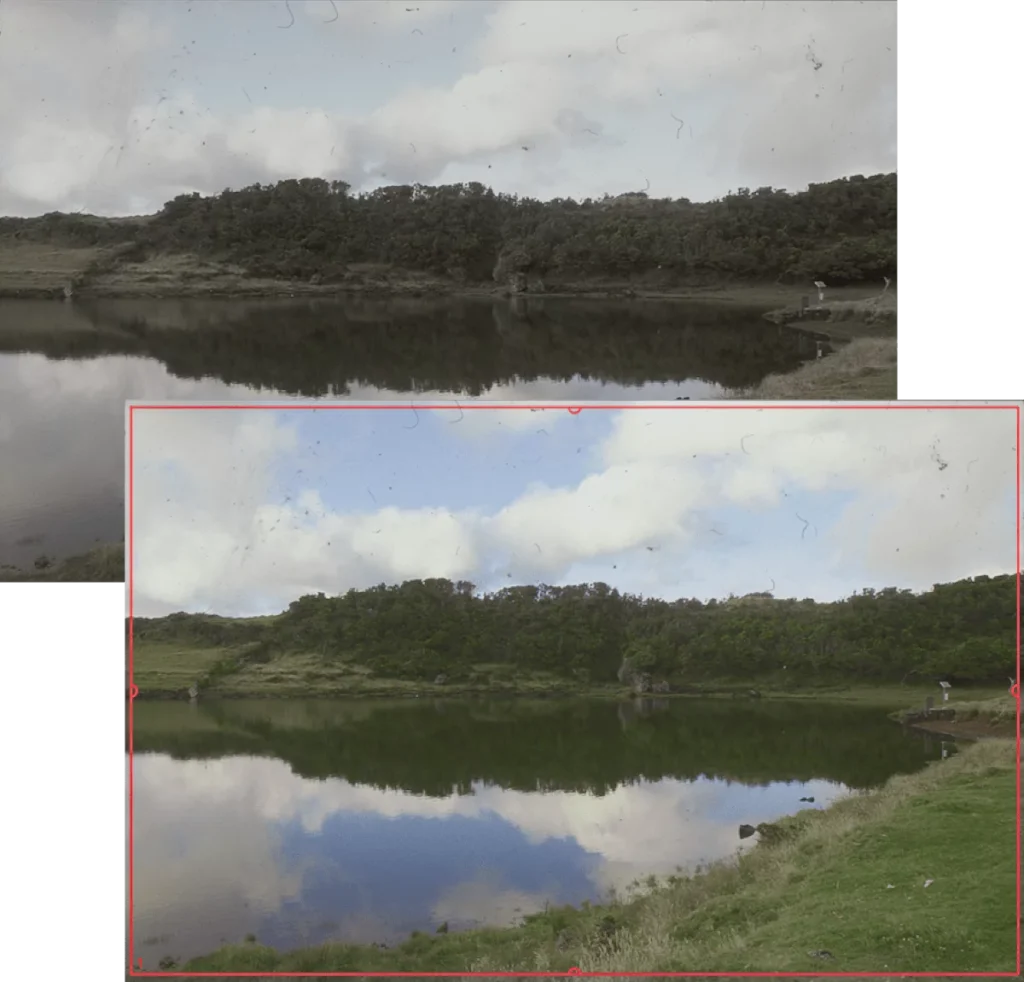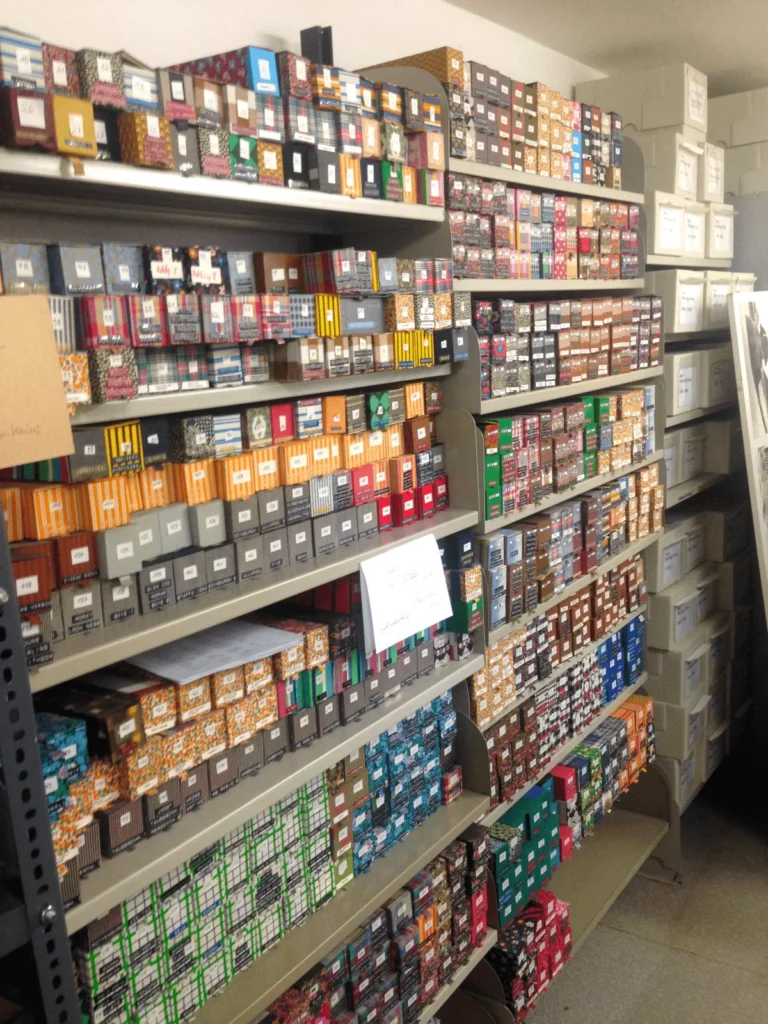After using the software for 4 – 5 months, I’ve gone to love SilverFast and the whole entire workflow. […] The reason why I like SilverFast: The workflow is super super fast.
Introduction
Why was the slide so successful? An aspect that surely contributed to the success of the slide is its ability to display a positive image in its proper color. Unlike negatives, slides can be easily assessed and sorted upon being placed on a light table. Slides also have a higher contrast range when compared to the developed photo version of an image, meaning there is more gradation between the darkest point and brightest point of a slide. Slides reproduce a very natural-looking color and brightness and are therefore ideal for projection. So it’s not surprising that back then in almost every household it was, and in some cases still is, possible to find a slide projector equipped with lots of slides. Fortunately, slides are also significantly more resistant to decay, especially when compared with negatives and Kodachromes.
In SilverFast jargon, slides fall under the category of “Transparent Originals”. The Greek prefix “dia” and the Latin prefix “trans” both mean “through”. This of course refers to light that is able to shine through a material. However in order to scan slides and other transparent originals, an appropriate film or flatbed scanner equipped with a transparency unit is necessary.
Nowadays, there are only a few slide-film producers left. However, those that remain continue to develop and optimize their products. In particular, films from Fujichrome have made a good name for themselves, their excellent sharpness, fine graininess and durability surpassing even the likes of Kodachrome.
Making a high-quality scan of a slide is not at all difficult. There are however a couple tips that are important to keep in mind, which help address the special characteristics of slides.
